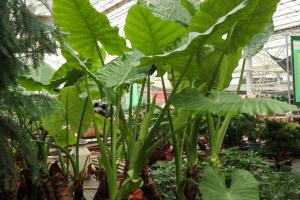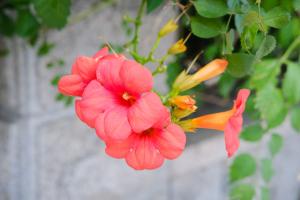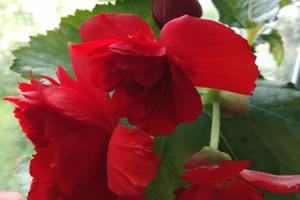Do Pebbles Help Reduce Fungus Gnats in Potted Plants?
Potted plants are a great way to add greenery and vibrancy to our living spaces. However, they can sometimes become home to unwanted guests such as fungus gnats. These tiny flies are not only annoying but can also harm the plant's root system.
One possible solution that many gardeners swear by is the use of pebbles. But do they really work in reducing fungus gnats? Let's find out.
How do Fungus Gnats Affect Potted Plants?
Fungus gnats are small, dark flies that resemble fruit flies. They are attracted to moist soil and organic matter, which is abundant in potted plants. Fungus gnats usually lay their eggs in damp soil, and the larvae feed on the plant's roots. This can harm the plant's ability to absorb nutrients and moisture, leading to stunted growth and, in severe cases, death.
Why Do Gardeners Use Pebbles to Control Fungus Gnats?
Pebbles are a popular solution for several reasons. For starters, they help to improve the plant's drainage, which can prevent soil from becoming oversaturated and breeding grounds for fungus gnats. Additionally, they create a physical barrier between the soil and the air, making it harder for adult gnats to lay their eggs. Pebbles also absorb excess moisture and help to increase humidity levels, which can discourage fungus gnats from breeding.
How to Use Pebbles to Control Fungus Gnats?
To use pebbles effectively, simply add a layer of them to the top of the soil. Make sure the layer is at least 1-2 inches deep and covers the entire surface of the soil. Avoid leaving any bare spots, as this can provide a breeding ground for gnats. Water the plant as usual, but be careful not to overwater it. Pebbles are not a replacement for proper watering practices.
Are Pebbles the Only Solution to Fungus Gnats?
While pebbles can be effective in reducing the number of fungus gnats in potted plants, they are not always a guaranteed solution. Other methods such as letting the soil dry out between watering, using yellow sticky traps, and applying insecticide can all be effective in controlling fungus gnats. It's always best to take a multifaceted approach to pest control to ensure the best results.
Conclusion
In summary, pebbles can be helpful in controlling fungus gnats in potted plants. They create a barrier that makes it harder for gnats to lay their eggs and improve drainage, but they are not a single solution. Gardeners should ensure that they are using best practices for watering, plant care, and multiple pest control strategies to get rid of fungus gnats and keep potted plants healthy and thriving.

 how many times do yo...
how many times do yo... how many planted tre...
how many planted tre... how many pine trees ...
how many pine trees ... how many pecan trees...
how many pecan trees... how many plants comp...
how many plants comp... how many plants can ...
how many plants can ... how many plants and ...
how many plants and ... how many pepper plan...
how many pepper plan...




























